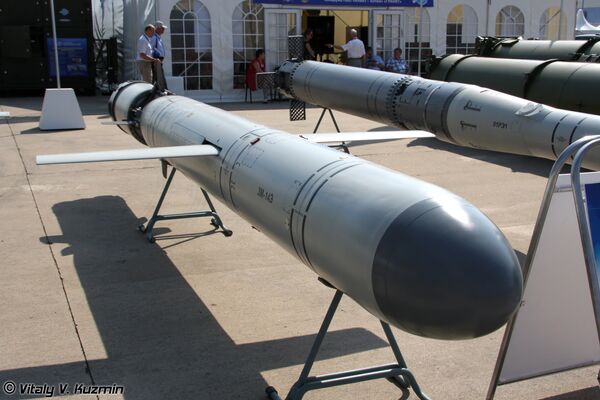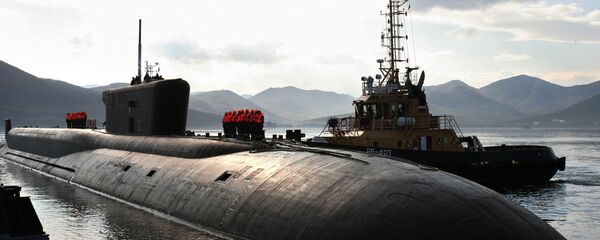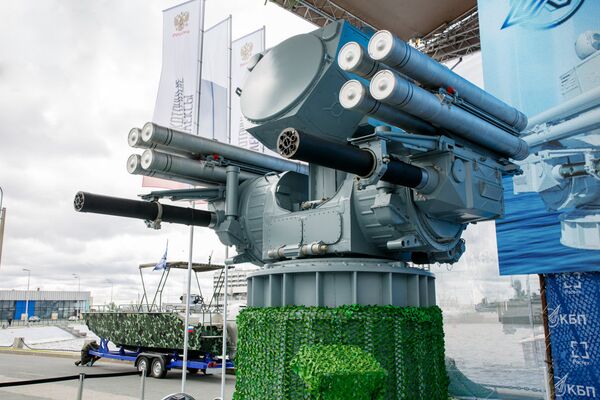The sip was designed by the Central Naval Research & Design Bureau "Almaz" in St. Petersburg. The flagship of the project is being constructed at a shipyard in St. Petersburg.
A total of eight Karakurt-class missile corvettes are currently under construction, and the Russian Navy plans to have at least 20 such ships in the coming years.

The Karakurt is 65 meters long and 10 meters wide and has a displacement of 800 tons. A pair of diesel-electric engines generates an impressive speed of 30 knots (55 kmh). Its operating range is around 2,500 nautical miles (4,600 km) and sea endurance is 15 days.
Despite its size, the corvette boasts a versatile arsenal of advanced weapons, including the 3S14 missile launcher capable of firing Kalibr cruise missiles and Onyx supersonic anti-ship missiles.
Earlier, Kalibr missiles have been repeatedly fired from Russia’s Buyan-M-class ships and Varshavyanka-class submarines against Daesh targets in Syria. Since the Kalibr missile has an operational range of up to 2,500 km, the launches were carried out from the Caspian Sea and the Mediterranean Sea.

The ship also carries the AK-176 automatic cannon which is digitally operated and capable of firing up to 125 72 mm shells a minute 16 kilometers away. Its turret is based on stealth technology which the cannon almost invisible for enemy radars.
The Karakut will also carry the Pantsir-M, a naval version of the Pantsir-S1 combined surface-to-air missile and anti-aircraft artillery system, and the all-new Germes-K missiles. The system can track and attack up to four targets at a time. The hitting range of the Pantsir-M system varies from several dozen meters to 20 kilometers.
According to Russian military expert and journalist Dmitry Kornev, the Karakurt-corvette and other similar projects will be used to achieve several important goals to improve Russia’s defense capability.
"The development of small but power platform will increase Russia’s capabilities in deterring NATO. In theory, Russian small missile-carrying ships will be able to hit almost any ground or maritime target in Europe," Kornev told RT.
The expert pointed out that the Intermediate-Range Nuclear Forces Treaty (INF Treaty) between Russia and the United States prohibits production and use of ground-based ballistic and cruise missiles but does not mention ship-based missiles. Thus, small missile corvettes armed with Kalibrs would be very efficient in deterring Western navies.
"The US Navy has a large arsenal of Tomahawk missiles. Russian ships built during the Soviet era are mostly armed with anti-ship missiles. The Kalibr is a multipurpose missile. This is why the Russian Navy needs such missile corvettes," Kornev said.
According to the current plan, the navy will receive the first Karakurt-class corvette in December 2017. The rest are expected to enter service in 2018-2020.




